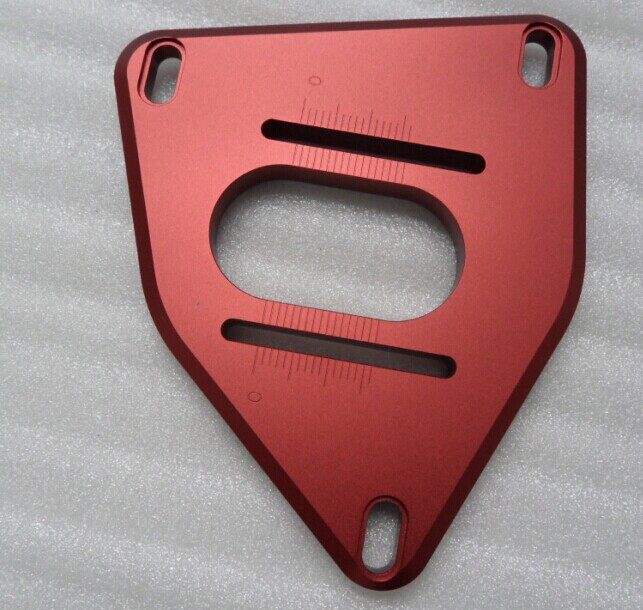Chyba formátu e-mailu
emailCannotEmpty
emailDoesExist
pwdLetterLimtTip
inconsistentPwd
pwdLetterLimtTip
inconsistentPwd

Zprávy
What are the Production Processes of Aluminum Prototypes?
Aluminum is the most commonly used material for prototyping. Industries ranging from aerospace to medical to automotive require durable mechanical and structural components. Aluminum prototypes are strong, have excellent weldability, and are resistant to corrosion.
Manufacturers use different techniques to make aluminum prototypes. Depending on the part, quantity, or geometry, they can choose to use 3D printing, CNC machining, aluminum casting, extrusion, or sheet metal fabrication.

Introduction to aluminum and its alloys
Aluminum exhibits low density but high strength, which exceeds that of high-quality steel. It also has excellent plasticity, high corrosion resistance, and excellent plating and welding properties. Aluminum is relatively cheap and plentiful, reducing overhead due to production errors, or wasted prototypes due to poor design. It can also be easily recycled, which further contributes to cheaper manufacturing. The material is also highly ductile and less deformed after manufacture, making it an ideal material for many companies to use in prototype designs.
Let's take a look at these crafting techniques to help you choose the best way to make your aluminum prototype.
3D printing
Prototypes can be made using selective laser melting (SLM) and direct metal laser sintering (DMLS). Most aluminum prototypes have complex designs, and 3D printing is built layer by layer, so its geometric flexibility comes in handy.
CNC machining
Most prototype factories use CNC to process aluminum prototypes. CNC machining can produce prototypes very precisely in the shortest possible time. Meanwhile, CNC machining uses 4-axis and 5-axis CNC machines to create complex parts with detailed features.
Sheet metal
This fabrication involves the process of deforming, cutting, and assembling aluminum sheets. It is used to make functional prototypes such as housings and industrial parts.
When making functional metal prototypes, manufacturers use laser cutting, stamping, bending, and welding procedures. The disadvantage of this technique is that it can be more expensive than other processes. For example, a single part might require a laser cutter and punch, whereas, CNC machining, only requires a single machine.
Aluminum casting
Casting involves pouring molten aluminum into a mold to make a prototype. Since it requires specialized equipment, the process of making the mold is expensive. Because of this, it is more suitable for mass production. Manufacturers can incorporate 3D printing and CNC machining into the casting process to reduce the production cost of metal prototypes.
Aluminum extrusion
During extrusion, the material is forced through a shaped open die to produce an elongated part. Aluminum prototypes that manufacturers can make through this process include metal rods, brackets, and joints. However, due to high costs, most extrusion companies focus on high-volume orders.
Summarize
Prototype factories use aluminum in most of their processes due to its superior quality. The demand for these parts in most industries has made aluminum prototyping one of the most popular processes in manufacturing. Depending on the parts you need and your budget, you can choose between the above aluminum prototyping process techniques.
We are an aluminum prototype machining, cnc machining prototype service, rapid prototype aluminum casting exporter supplier wholesaler, our products satisfy our customers. And we want to be your long-term partner, any interests, welcome to contact us.

